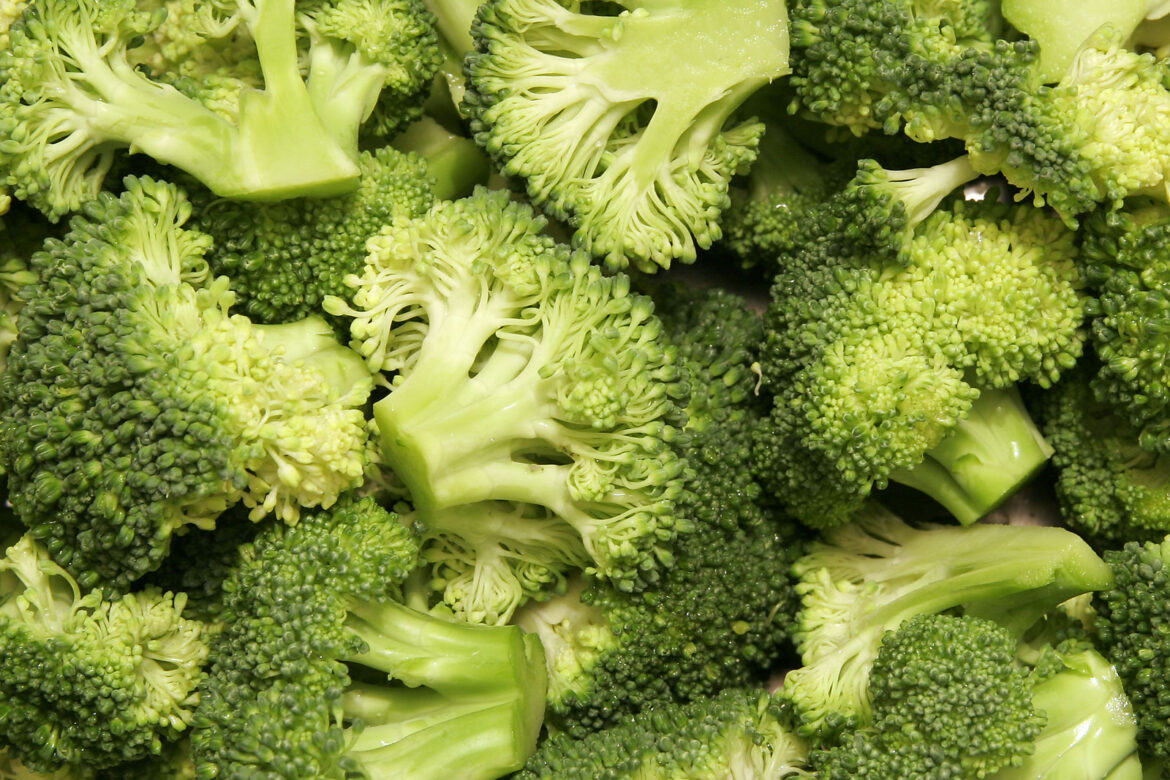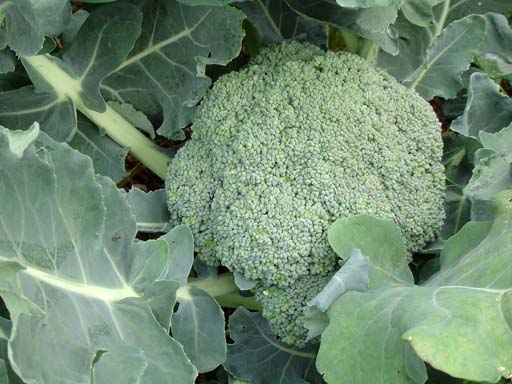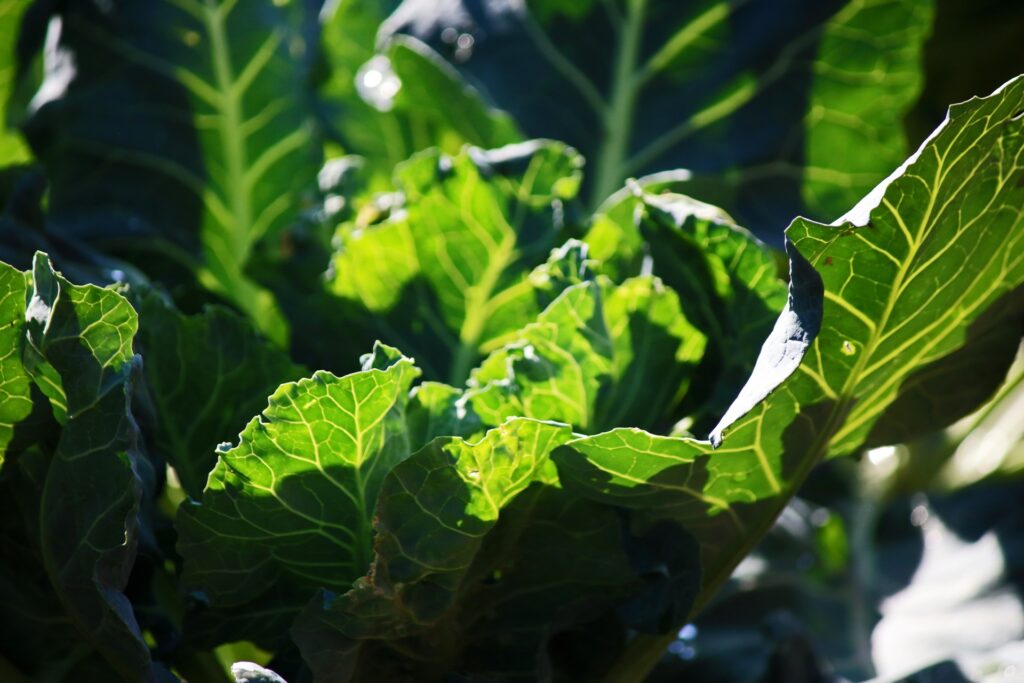Broccoli is an annual cool-season crop hardy to frosts and light freezing, often overlooked and overcooked. Broccoli is sensitive to the heat, if the weather is too hot, it will flower quickly and won’t produce an edible head, it tends to grow best in the fall due to the more predictable cool weather. To prevent spreading clubroot and other soil-borne diseases, don’t compost brassica roots. Some gardeners won’t compost any part of the plant. Also, rotate the placement of brassica plants in your garden so they aren’t in the same 10-foot radius for at least 3 consecutive years. Some experts recommend a rotation of 7 years. Headed broccoli is the most common form in the United States, with big central heads closely packed with buds.
Where to Grow Broccoli
A cool-season crop, broccoli does best where it has cool weather to mature (spring or fall).
Broccoli Varieties
- Italian green sprouting (spring)
- Waltham 29 (fall)
- Green Comet
- Raaba, a branching non-heading variety
- Romanesco Broccoli will produce a chartreuse head with a distinctive spiral pattern; some dub this type ‘fractal broccoli’ – actually more similar to cauliflower, but tastes excellent prepared as broccoli.
Soil for Broccoli
Average garden soil, well drained.
Planting Broccoli
Germination in 7 days.
When –
Start seed indoors 6 weeks before the last killing frost, for an early spring crop. (In midsummer, start another crop of seedlings for August planting and late fall crop.) Set out seedlings in late April, early May. Broccoli is hardier than cauliflower and can withstand several frosts and still keep producing.
How –
In rows 2 1/2 feet apart, with 18 inches to 2 feet between the plants. Plant spacing is variable, more space between plants leads to larger heads with less side shoots, while smaller spacing leads to smaller heads and more side shoots.
| Temperature | |
| Germination | 50 - 85 F |
| For growth | 60 - 65 F |
| Soil and Water | |
| Fertilizer | Heavy feeder. Before planting, add compost to the soil. If clubroot is a problem, raise the pH by adding lime. |
| Side-dressing | When buds form, side-dress with compost. |
| pH | 6.0 - 7.5 |
| Water | Average |
| Measurements | |
| Seed Planting Depth | 1/4" |
| Root Depth | 18" - 36" |
| Height | 18 - 48" |
| Width | 15 - 24" |
| Space between plants | |
| In Beds | 15" |
| In Rows | 18 - 24" |
| Space Between Rows | 24 - 36" |
| Average plants per person | 5 - 10 |
| Harvest | |
| Harvest when the heads are dark green. If heads have turned yellow, you've waited too long. For most varieties, small compact heads offer the best flavor. Harvest the central head first. Some varieties will develop small side shoots; these should last 1-2 months or until frost. Cut the stalk so that several inches remain on the plant. | |
| First Seed Starting Date: | 59 - 66 Days before last frost date |
| Last Seed Starting Date: | 93 - 119 Days before first frost date |
| Companions | |
| Companions | Artichoke, beet, bush beans, chard, cucumber, lettuce, peas, potato, spinach |
| Incompatibles | Pole Lima and snap beans, strawberry, tomato. |
How Broccoli Grows
The plant grows relatively erect, to 4 feet tall, with long, narrow, dark green leaves. As the harvest nears, a thickened cluster appears at the top of the stalk, which is actually a flower head. When it is cut off for harvest, side shoots will continue to develop for several weeks.
| Storage Requirements | ||
|---|---|---|
| Fall crops are better than summer crops for freezing. | ||
| Fresh | ||
| Temperature | Humidity | Storage Life |
| 32 F | 95 - 100% | 10 - 14 days |
| 32 - 40 F | 80% | 1 month |
| Preserved | ||
| Method | Taste | Shelf Life |
| Canned | Fair | 12+ months |
| Frozen | Good | 12 months |
| Dried | Fair | 12+ months |
Cultivating Broccoli
Since the plants are shallow-rooted, cultivation to keep down weeds should be careful and shallow, or mulch rows heavily to keep down weeds and conserve soil moisture. Once growth begins, the plants need continuously moist soil. Watering will be important whenever rainfall is scant. Just as the first crop is developing, apply a ring of fertilizer 5-10-5 or 4-8-4 around each plant, 6 inches from the stem, and scratch in about 1 tablespoon per plant. Broccoli can also be watered with water-soluble fish emulsion fertilizer.
Harvesting Broccoli
60-80 days from plants. The first crop will be the central flower head, which resembles a green cauliflower. Cut it off with a sharp knife at an angle to a 4-6 inch stem, be sure to leave some leaves on the stalk, as many types will then produce side shoots from the leaf axis. Try to cut the head off at an angle, to help ensure water can not gather on the newly cut stem which leads to rot and disease. Be sure the head is cut before it cracks apart and separates; otherwise, the plant will quickly flower and go to seed. When the terminal flower head is cut off, smaller side shoots will develop a continual harvest. Homegrown broccoli will most likely not grow heads as large as supermarket varieties.
Broccoli Pests
- Same for cabbage
- Root Maggot – Place 3-inch tar paper squares around each seedling when transplanting to cover the soil areas; or keep the ground dusted with wood ash.
- Cabbage butterflies/worms – controlling cabbage worms is surprisingly easy. Cover susceptible crops with a floating row cover when planting and leave it in place until harvest.
- Cutworms – Use stiff paper collars around transplants to extend at least 1 inch below the soil line.
- Flea beetles – Dust with wood ash or flour dust.
Diseases for Broccoli
- Same for cabbage
- Soil fungicides are somewhat effective on broccoli diseases, but they are expensive, sold in large quantity, and not practical for small home garden use, unless a great deal of broccoli is grown.
- Clubroot fungus – Most frequent in soggy or acidic soil. Grow only in well-drained soil; follow crop rotation practices; lime to keep soil pH at a neutral 7.
- Yellows – A soil-borne diseases; choose resistant varieties.
- Black rot – Bacteria born on seed; buy only from reputable seed dealers or bedding plant growers; rotate crops.
- Blackleg – Bacteria spreads from infected plants, garden tools, and leftover debris. Follow crop rotation.


